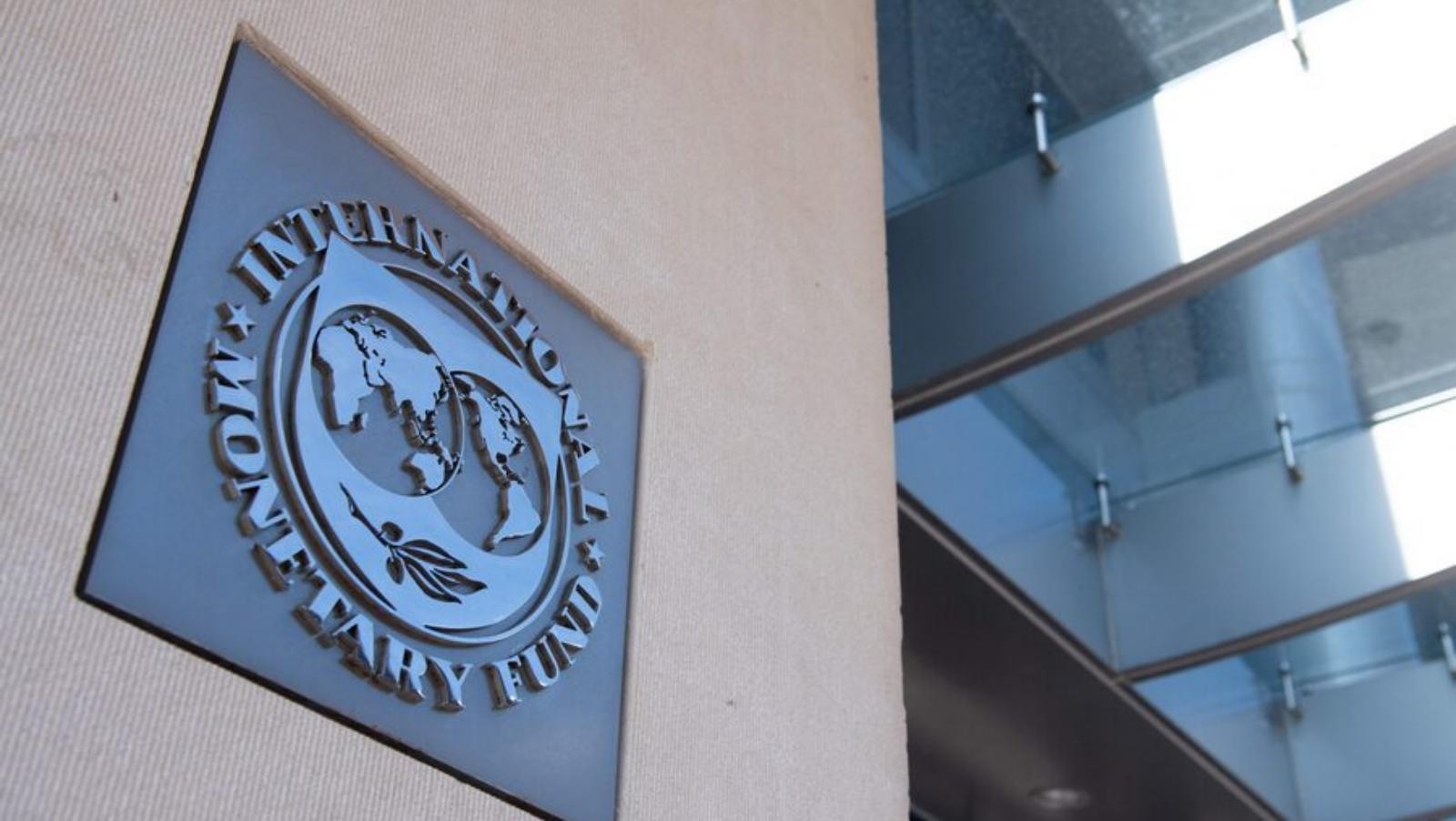invalid
invalid
Forgot password?


An email was sent to your inbox
Enter your email
invalid
An email with a reset link was sent to your mailbox.
invalid
invalid
invalid

IMF cuts growth forecasts for most countries in wake of century-high US tariffs
The International Monetary Fund on Tuesday slashed its forecasts for growth in the United States, China and most countries, citing the impact of U.S. tariffs now at 100-year highs, and warning that further trade tensions would slow growth further.The IMF released an update to its World Economic Outlook compiled in just 10 days after U.S. President Donald Trump announced universal tariffs on nearly all trading partners and higher rates - currently suspended - on many countries.It cut its forecast for global growth by 0.5 percentage point to 2.8% for 2025, and by 0.3 percentage point to 3% from its January forecast that growth would reach 3.3% in both years.It said inflation was expected to decline more slowly than expected in January, given the impact of tariffs, reaching 4.3% in 2025 and 3.6% in 2026, with "notable" upward revisions for the U.S. and other advanced economies.The IMF called the report a "reference forecast" based on developments through April 4, citing the extreme complexity and fluidity of the current moment."We are entering a new era as the global economic system that has operated for the last 80 years is being reset," IMF chief economist Pierre-Olivier Gourinchas told reporters.The IMF said the swift escalation of trade tensions and "extremely high levels" of uncertainty about future policies would have a significant impact on global economic activity."It's quite significant and it's hitting all the regions of the world. We're seeing lower growth in the U.S., lower growth in the euro area, lower growth in China, lower growth in other parts of the world," Gourinchas told Reuters in an interview."If we get an escalation of trade tensions between the U.S. and other countries, that will fuel additional uncertainty, that will create additional financial market volatility, that will tighten financial conditions," he said, adding the bundled effect would further lower global growth prospects.Weaker growth prospects had already lowered demand for the dollar, but the adjustment in currency markets and portfolio rebalancing seen to date had been orderly, he said."We are not seeing a stampede or a run to the exits," Gourinchas said. "We're not concerned at this stage about the resilience of the international monetary system. It would take something much bigger than this."However, medium-term growth prospects remained mediocre, with the five-year forecast stuck at 3.2%, below the historical average of 3.7% from 2000-2019, with no relief in sight absent significant structural reforms.The IMF slashed its forecast for growth in global trade by 1.5 percentage point to 1.7%, half the growth seen in 2024, reflecting the accelerating fragmentation of the global economy.Trade would continue, but it would cost more and it would be less efficient, he said, citing confusion and uncertainty about where to invest, where to source products and where to buy components. "Restoring predictability, clarity to the trading system in whatever form is absolutely critical," he said.US GROWTH DOWN, INFLATION UPThe IMF downgraded its forecast for U.S. growth by 0.9 percentage point to 1.8% in 2025 - a full percentage point down from 2.8% growth in 2024 - and by 0.4 percentage point to 1.7% in 2026, citing policy uncertainty and trade tensions.Gourinchas told reporters the IMF was not forecasting a recession in the U.S., but the odds of a downturn had increased from about 25% to 37%. He said the IMF was now projecting U.S. headline inflation to reach 3% in 2025, one percentage point higher than it forecast in January, due to tariffs and underlying strength in services.That meant the Federal Reserve will have to be very vigilant in keeping inflation expectations anchored, Gourinchas said, noting that many Americans were still scarred by a spike in inflation during the COVID pandemic.Asked about the impact of any moves by the White House to remove Fed Chair Jerome Powell, Gourinchas said it was "absolutely critical" that central banks were able to remain independent to maintain their credibility in addressing inflation.U.S. stocks suffered steep losses on Monday as the U.S. president ramped up his attacks on Powell, fueling concerns about the central bank's independence.U.S. neighbors Canada and Mexico, both targeted by a range of Trump's tariffs, also saw their growth forecasts cut. The IMF forecast Canada's economy would grow by 1.4% in 2025 and 1.6% in 2026, instead of 2% growth projected for both years in January.It predicted Mexico would be hard hit by tariffs, with its growth dipping to a negative 0.3% in 2025, a sharp 1.7 percentage point drop from the January forecast, before recovering to 1.4% growth in 2026.LOWER GROWTH IN EUROPE, ASIAThe IMF forecast growth in the Euro Area would slow to 0.8% in 2025 and 1.2% in 2026, with both forecasts about 0.2 percentage points down from January. It said Spain was an outlier, with a 2.5% growth forecast for 2025, a 0.2 percentage point upward revision, reflecting strong data.Offsetting forces included stronger consumption due to rising wages and a projected fiscal easing in Germany after major changes to its "debt brake." The IMF cut its growth forecast for Germany by 0.3 percentage point to 0.0% in 2025, and by 0.2 percentage point to 0.9% in 2026.Growth in Britain would hit 1.1% in 2025, 0.5 percentage point below the January forecast, edging higher to 1.4% in 2026, reflecting the impact of recent tariff announcements, higher gilt yields and weaker private consumption.Trade tensions and tariffs were expected to shave 0.5 percentage point off Japan's economic activity in 2025, compared to the January forecast, with growth projected at 0.6%.China's growth forecast was cut to 4% for 2025 and 2026, reflecting respective downward revisions of 0.6 percentage point and 0.5 percentage point from the January forecast.Gourinchas said the impact of the tariffs on China - hugely dependent on exports - was about 1.3 percentage point in 2025, but that was offset by stronger fiscal measures.
4/22/2025 5:14:58 PM
4/16/2025 9:44:00 AM

4/7/2025 7:54:00 AM

4/4/2025 11:43:23 AM

3/27/2025 11:15:01 AM

{{article.publishDate}}
More
4/22/2025 5:14:58 PM

4/16/2025 9:44:00 AM

4/7/2025 7:54:00 AM

4/4/2025 11:43:23 AM

{{ article.publishDate }}
More